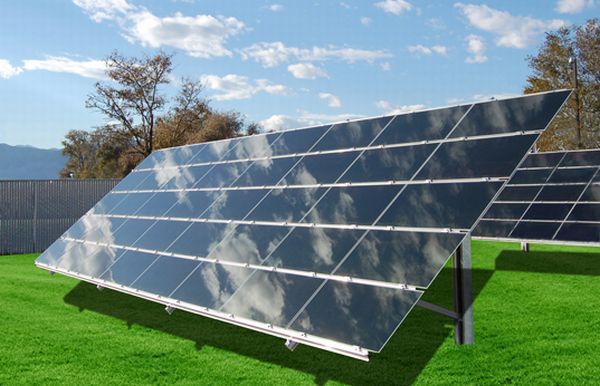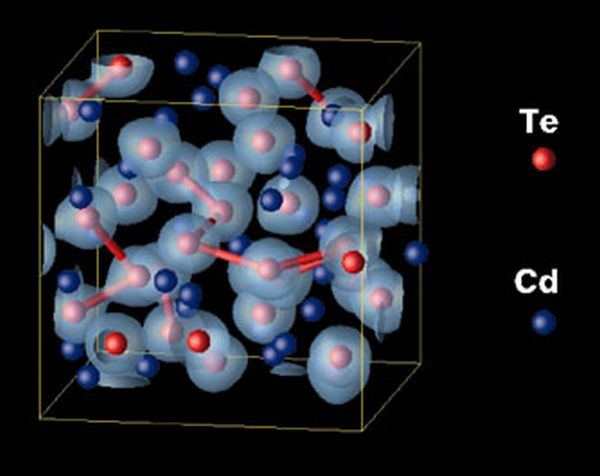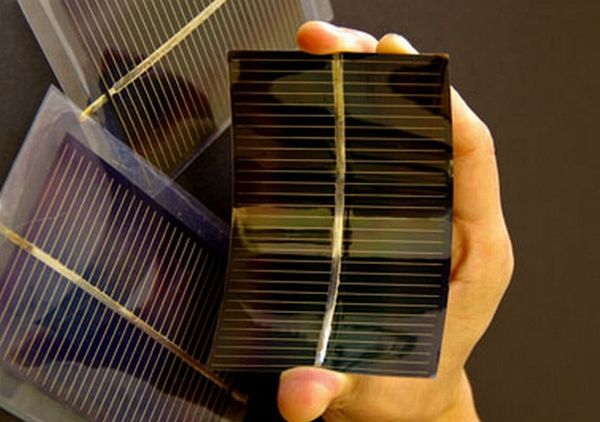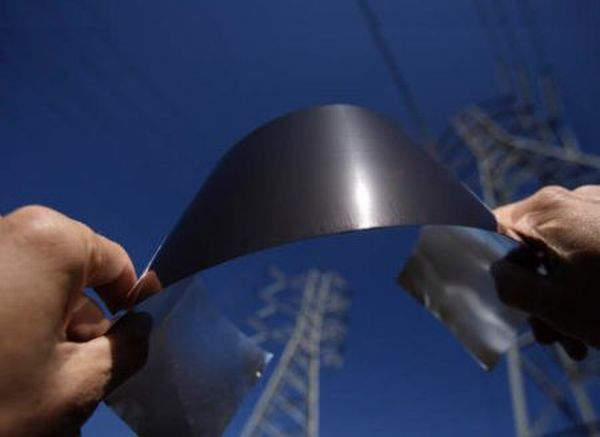
What’s happening right now?
Among major sources of renewable energies, solar power capacity alone contributes to over 43GW (only below wind power and bio-mass) all throughout the world. Even in the competitive market there are around 14 types of solar cells. But since their inception there has been a singular factor that limited their terrestrial uses – high cost. And when we consider solar power’s huge potential as an alternative zero-emission mode of energy that can power up to 35,000 times the total amount of energy that humans use every day, this only significantly detrimental factor of cost remains to be logically dealt with.
Trends:
1. New Solar Panels Produced at Less Than $1 Per Watt:

Researchers from Colorado State University have contrived their version of cadmium telluride thin film solar panels rather than the more expensive material of crystalline silicon. They are commercially produced by AVA Solar, with a factory employing more than 500 people. According to reports, these mass manufactured components (produced at less than $1 per watt) will be available to buyers at less than $2 per watt (half the current cost of solar panels). Moreover the whole process also adheres to a more sustainable quotient because only 2 percent of materials need to be recycled.
2. First Solar brings solar manufacturing below $1/watt:

GE’s main competitor in the solar panel circuit – First Solar created a history of sorts in the renewable energy field, when they announced their version of thin-film photovoltaic panels, which would cost less than $1 (98 cents to be exact). This is another conception that makes use of cadmium telluride (CdTe) technology, and on a comparable cost range conventional silicon panels have a far higher price of around $3 per watt. Fueled by this technology, First Solar is looking forth to notch up its level by increasing its capacity to a whopping 1GW.
3. Flexible solar panels for roofs use waste space for clean energy:

Talk about ingeniousness; scientists at the Pacific Northwest National Laboratory (PNNL) have developed an adroit method of integrating flexible solar modules in a transparent thin film barrier that is conventionally used to protect flat panel TVs from moisture. Using the Barix Encapsulation process, such panels have been accommodated into those flexible yet sturdy films that would last for even more than 25 years. This makes the whole complex process of installation much more easier, while on the other hand these panels are touted to be produced at less than $1.
4. Flexible Solar Panels with extreme performance and low cost:

A Copper Indium Gallium DiSelenide (CIGS) solar cell utilizes the gallium for enhancing the optical band gap of the CIGS layer, thus making the system similar in efficiency to a CdTe cell. Moreover, combining the qualities of being lightweight and flexible, the panels are felicitous for easy installation on roof tops and even on undulating surfaces. Global Solar is one of the very few companies related to large-scale production of CIGS, and with this technology they have developed the PowerFLEX – a thin film CIGS solar cell. And such is the efficiency and convenience of the technology that industry analyst firm NanoMarkets projects the CIGS PV market will grow from $403.1 million in 2011 to $2.6 billion in 2016.
5. Nanosolar Powersheet: A threshold for a greener future:

The printing presses have struck again, and this time instead of printing papers they will print solar cells! California-based company Nanosolar has come up their brilliant version of solar cells, which are actually produced by setting down a layer of solar-absorbing nano-ink onto metal sheets. Touted as Powersheets, the panels are as thin as aluminum foils, while the cost is estimated to be only one-tenth of conventional solar panels. Already supported by Google and even the U.S. Department of Energy, these solar panels can be commercially available at less than 30 cents per watt for the first time.
The concept:
Pretty simple; the concepts have been envisaged to eliminate the only seeming predicament to full scale usage of solar energy i.e. high cost. Some of these thin film solar panels utilize CdTe technology, while some of them are composed from the more novel CIGS, but at the end of the day the goal is to maintain that unique balance between sustainability and cost effectiveness.
The advantages:
Thin film solar cells can provide us with a myriad of benefits, especially in comparison to conventional solar panels. First, when it comes to the cost factor, thin film solar panels can unequivocally be cheap and mass-produced. Moreover, because of their malleable nature, they can be incorporated on rough and uneven surfaces, alluding to the method of efficient space management.
The impact:
Solar power utilization is already on the fringe of yet another favorable period of rapid growth with a whopping 44 percent increase of Global installed solar photovoltaic power in 2009 (compared to worldwide production growth increase of 30 percent in the late 1990s). And now with low cost and enhanced efficiency on its side, solar power even has the potentiality to challenge its equally eminent peer – the wind power.




